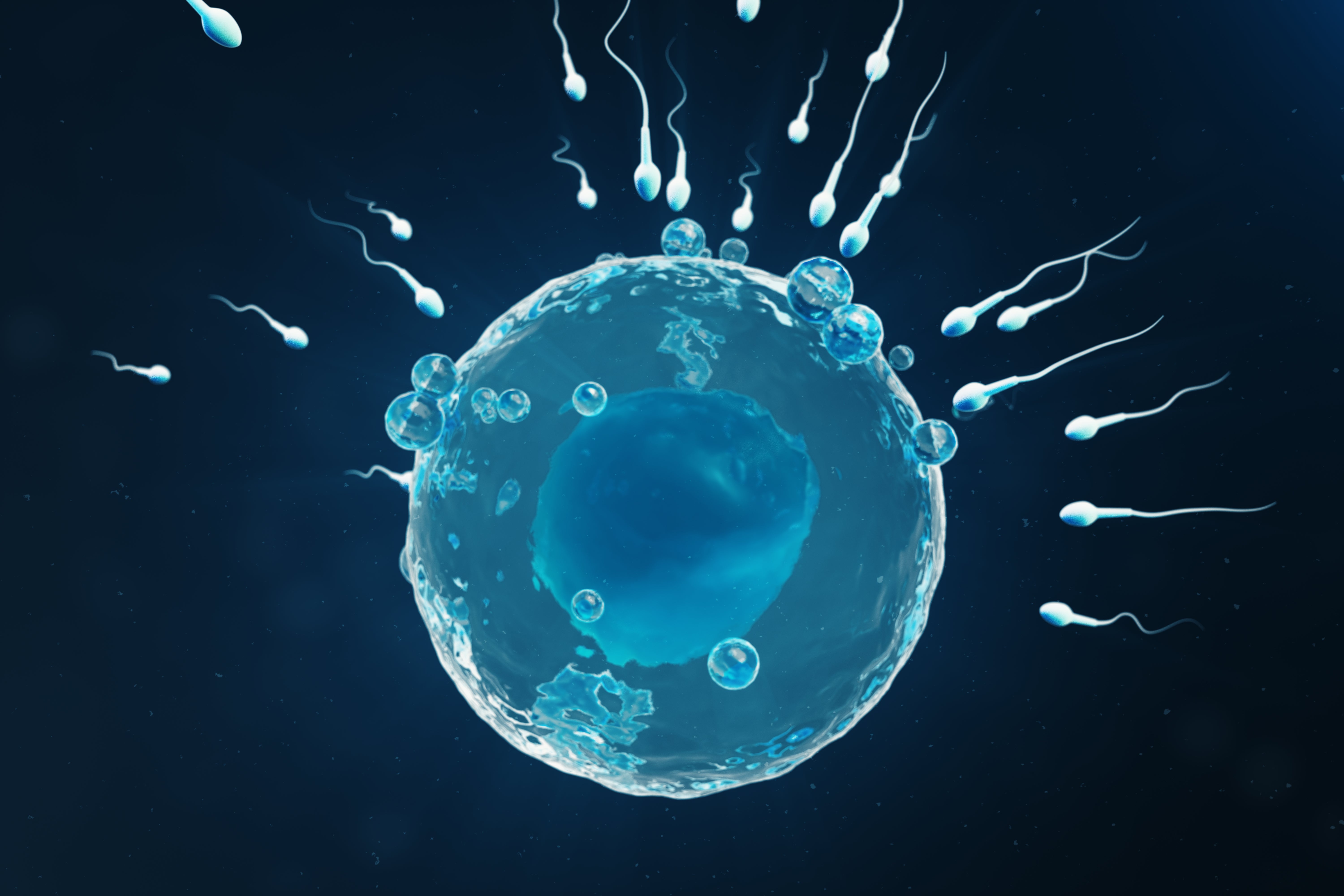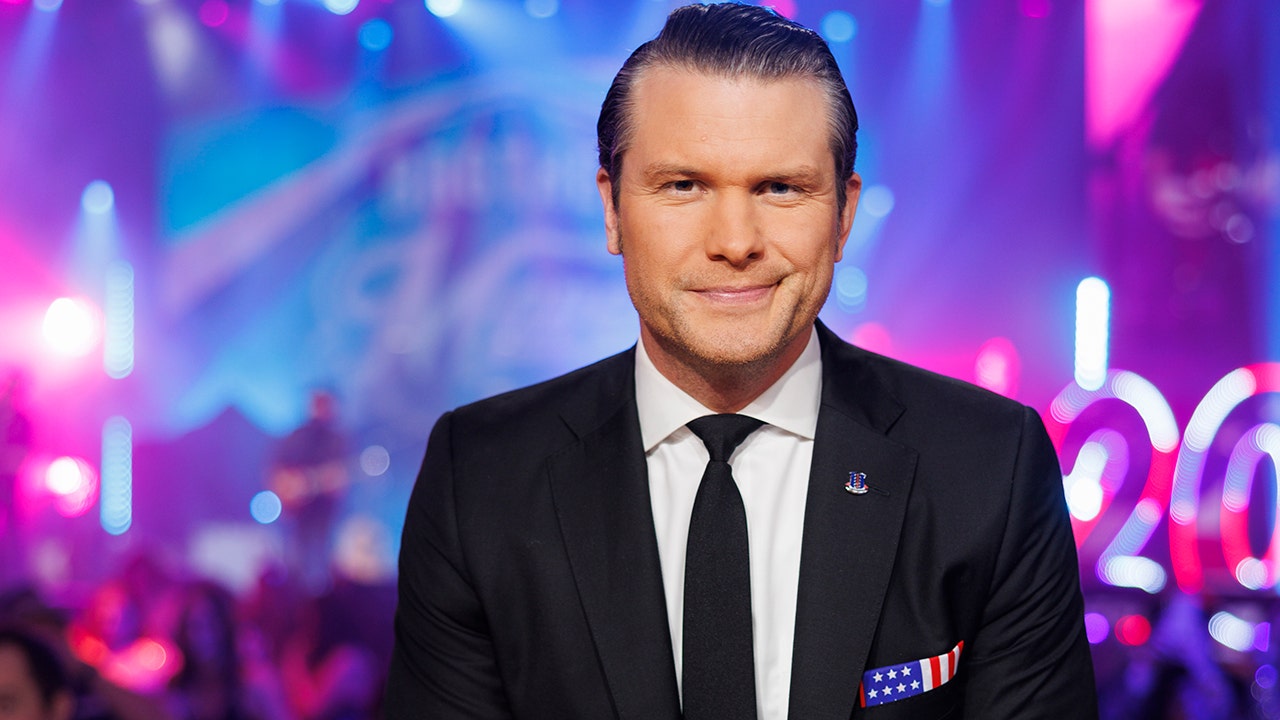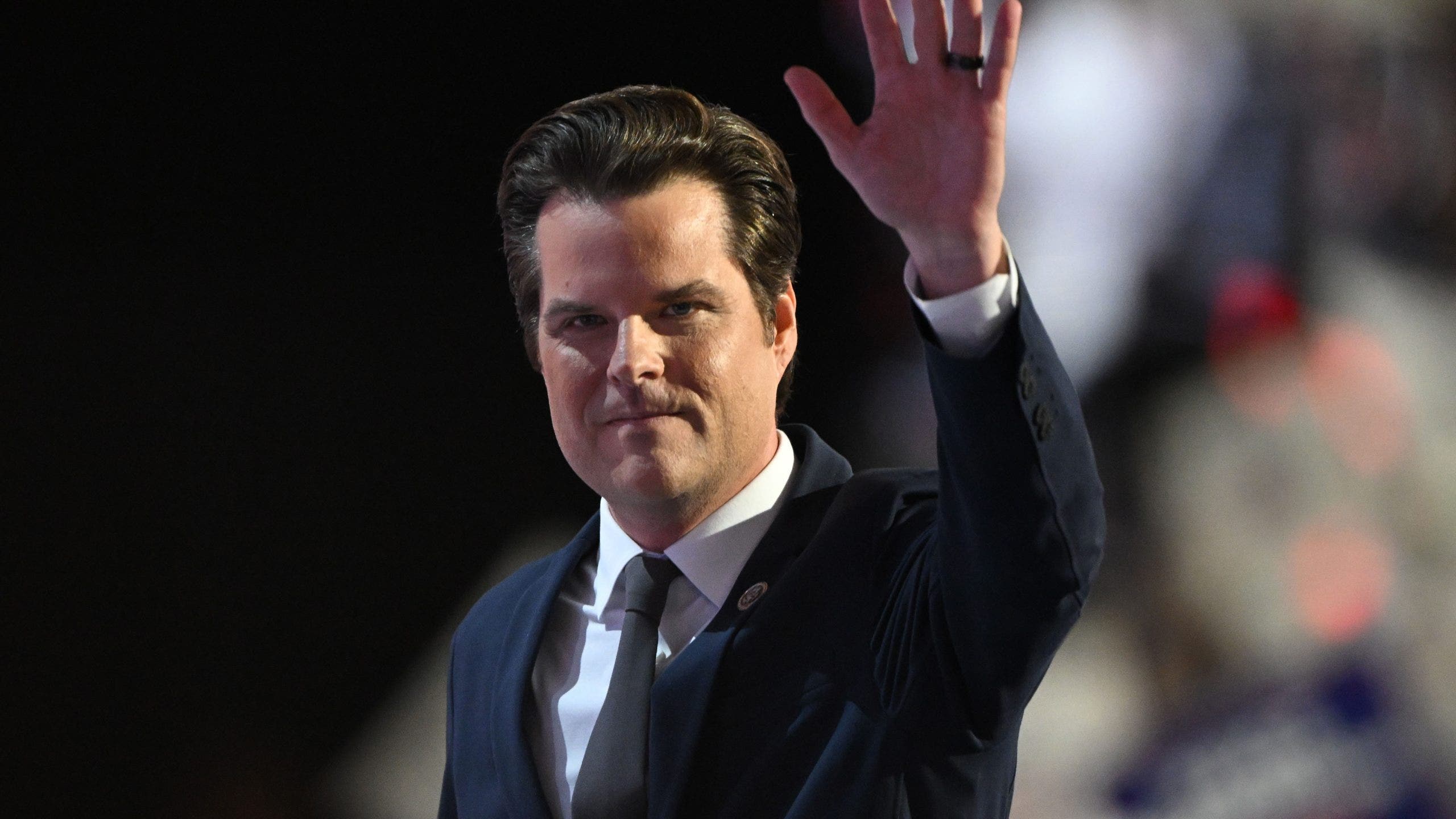
There are those, politicians, pundits and even a few scientists, who maintain that whether our bodies make ova or sperm are all we need to know about sex. They assert that men and women are defined by their production of these gamete cells, making them a distinct biological binary pair, and that our legal rights and social possibilities should flow from this divide. Men are men. Women are women. Simple.
Last year’s Supreme Court confirmation hearings played host to this contention when Republican Congressional representatives upset at the nominee’s refusal to define “woman” took it on themselves to define the term; they came up with “the weaker sex,” “a mother,” and “no tallywhacker.” That human sex rests on a biological binary of making either sperm or ova underlies all these claims.
This is bad science. The production of gametes does not sufficiently describe sex biology in animals, nor is it the definition of a woman or a man.
The animal kingdom does not limit itself to only one biological binary regarding how a species makes gametes. Scientifically speaking, animals with the capacity to produce ova are generally called “female” and sperm producers “male.” While most animal species fall into the “two types of gametes produced by two versions of the reproductive tract” model, many don’t. Some worms produce both. Some fish start producing one kind and then switch to the other, and some switch back and forth throughout their lives. There are even lizards that have done away with one type all together. Among our fellow mammals, which are less freewheeling because of the twin constraints of lactation and live birth, there are varied connections between gametes and body fat, body size, muscles, metabolism, brain function and much more.
While sperm and ova matter, they are not the entirety of biology and don’t tell us all we need to know about sex, especially human sex.
Let me be clear: I am not arguing that differences in sex biology do not matter. They do. Nor am I asserting that reproductive physiology is not an important aspect of all animal lives. For example, humans are mammals, and the specifics of gestation and lactation require bodily differences that shape human physiologies, societies and experiences. But even so, most bodily systems overlap extensively across large (ova) and small (sperm) gamete producers, and the patterns of physiology and behavior in relation to birth and care of offspring are not universal across species. For example, in many mammal species, ova producers do most of the infant care. But in some species, sperm producers do, and in a very few species they even lactate. In others, there is substantial investment by both sexes.
The bottom line is that while animal gametes can be described as binary (of two distinct kinds), the physiological systems, behaviors and individuals that produce them are not. This reality of sex biology is well summarized by a group of biologists who recently wrote: “Reliance on strict binary categories of sex fails to accurately capture the diverse and nuanced nature of sex.”
We know that humans exhibit a range of biological and behavioral patterns related to sex biology that overlap and diverge. Producing ova or sperm does not tell us everything (or even most things) biologically or socially, about an individual’s childcare capacity, homemaking tendencies, sexual attractions, interest in literature, engineering and math capabilities or tendencies towards gossip, violence, compassion, sense of identity, or love of, and competence for, sports. Gametes and gamete production physiology, by themselves, are only a part of the entirety of human lives. Plentiful data and analyses support the assertions that sex is very complex in humans and that binary and simplistic explanations for human sex biology are either wholly incorrect or substantially incomplete.
For humans, sex is dynamic, biological, cultural and enmeshed in feedback cycles with our environments, ecologies and multiple physiological and social processes.
So when someone states that “An organism’s sex is defined by the type of gamete (sperm or ova) it has the function of producing” and argues that legal and social policy should be “rooted in properties of bodies,” they are not really talking about gametes and sex biology. They are arguing for a specific political, and discriminatory, definition of what is “natural” and “right” for humans based on a false representation of biology. Over the past few centuries this process of misrepresentation of biology was, and still is, used to deny women rights and to justify legal and societal misogyny and inequity, to justify slavery, racialization, racism and to enforce multiple forms of discrimination and bias. Today dishonest ascriptions of what biology is are being deployed to restrict women’s bodily autonomy, target LGBTQIA+ individuals broadly and, most recently, attack the rights of transexual and transgender people.
Given what we know about biology across animals and in humans, efforts to represent human sex as binary based solely on what gametes one produces are not about biology but are about trying to restrict who counts as a full human in society.
This is an opinion and analysis article, and the views expressed by the author or authors are not necessarily those of Scientific American.




















































![Percy Jackson and the Olympians Trailer — First Look [VIDEO] Percy Jackson and the Olympians Trailer — First Look [VIDEO]](https://tvline.com/wp-content/uploads/2022/09/percy-jackson-and-the-olympians-trailer-video.png?w=622)




